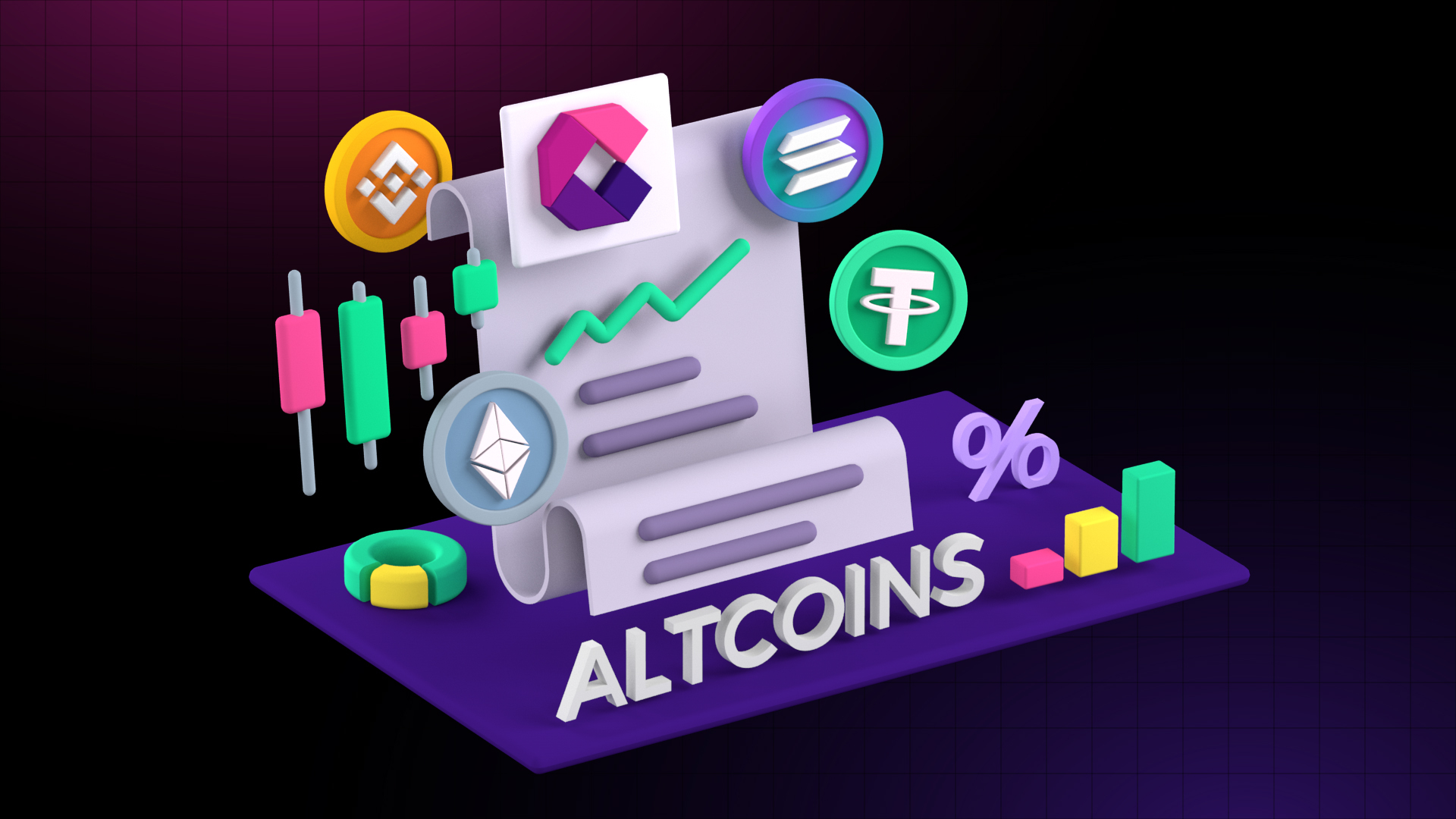Why FTX creditors in 49 countries may be cut from payouts
FTX is seeking court approval for a new claims process that could affect creditors from 49 jurisdictions where crypto is banned or restricted.
In a new filing shared by FTX creditor advocate Sunil, the bankrupt crypto exchange has requested that the court approve a framework for addressing claims from 49 “potentially restricted foreign jurisdictions,” which include countries where cryptocurrency is banned or subject to legal restrictions.
The move, which could affect billions of dollars in expected recoveries, comes as the recovery estate continues to process distributions to customers impacted by the November 2022 crash.
Over 82% of the disputed claim value reportedly comes from users in China, with other affected countries including Russia, Egypt, Morocco, North Korea, and 44 more.
Under the proposed plan, claims from these jurisdictions would be automatically treated as disputed unless FTX receives legal advice confirming that payouts are legally allowed. If the advice is negative, claims may be permanently denied, and the associated funds forfeited.
FTX stated that it would notify affected users via email or mail, providing them with at least 45 days to object. To do so, users must submit a sworn statement and waive service of process, agreeing to the jurisdiction of the U.S. bankruptcy court.
If no objections are made by the deadline, or if an objection is resolved against the creditor, the jurisdiction may be officially designated as “restricted.” At that point, any associated claim distributions, including interest, would be forfeited and returned to the FTX Recovery Trust.
Even for allowed claims, final payouts depend on whether the creditor can meet pre-distribution requirements and open an account with a court-approved distribution provider. If the jurisdiction is still restricted on the distribution date, the payout will not be made.
While the filing states that FTX will hire local lawyers to assess the legality of distributions in each region and continue efforts to reduce the number of restricted jurisdictions, the proposal has already drawn criticism from many.
Community response
Several creditors have raised dissatisfaction with the latest update, arguing that the proposal is unjust. On X, user Nicedy called the process “deeply discriminatory and procedurally unjust,” claiming that many creditors are being excluded based solely on nationality.
“We are not passive victims, nor silent bystanders,” the user wrote, urging FTX’s recovery team and legal partners to establish a fair re-review process.
Echoing the frustration, another commenter called the plan “fraudulent,” saying “FTX literally plans to use the funds from these restricted regions to make up their fund deficit,” warning that collective action from excluded victims could bring “serious consequences” for the recovery team if the current plan proceeds.
The latest proposal is still pending and will require approval from the bankruptcy court before it can be enforced.
The FTX scandal centers on the dramatic collapse of one of the world’s largest cryptocurrency exchanges in November 2022. Founded by Sam Bankman-Fried, FTX misused billions of dollars in customer funds to cover losses at its sister trading firm, Alameda Research.
The company filed for bankruptcy, leaving over a million creditors in limbo. Bankman-Fried was later convicted on multiple counts of fraud and conspiracy, marking one of the most high-profile financial crimes in recent history and shaking trust in the crypto industry.
You May Also Like

Sextortion and $400m in Bitcoin: Inside the Secret Service’s crypto war

July Altcoin Outlook: Hyperliquid Eyes $100, Solana Rides ETF Wave, and Stablecoins Heat Up
